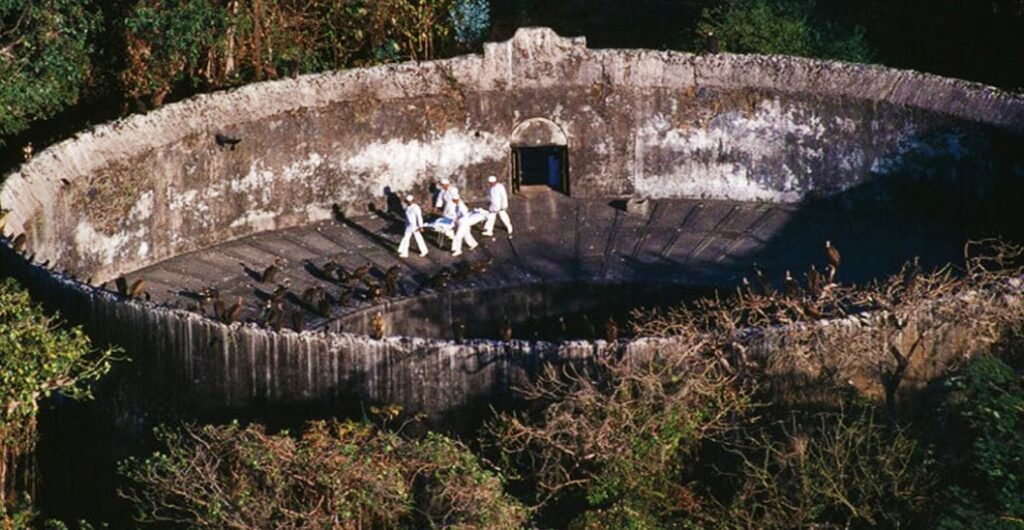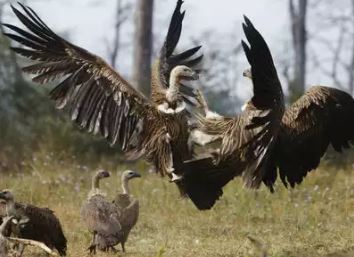People are usually burned or buried according to numerous traditions and ceremonies when they die. Unlike many other religions and beliefs, Parsis do not burn or bury their dead. As a final rite for the deceased, they have a highly discreet ceremony and process.
The Tower of Silence, a circular raised platform, is used by Parsi people, also known as Zoroastrians, for excarnation. Scavenging birds have access to the body.
Though the Zoroastrian practise of exposing the dead dates back to the mid-5th century BCE, the use of towers dates back to the early 9th century. The major purpose of this ceremony was to prevent coming into contact with the sacred elements of soil and fire.
This rite comes as a shock to many individuals around the world, including me. However, I immediately learnt the positive reasons for it and was able to comprehend its significance. In this piece, I’ll attempt to explain why they do what they do.
Also Read – India’s nine unexplained wonders

A dead body is regarded ‘nasu,’ which means dirty, in their culture. Cut hair and nail parings are included in this category as well. This ritual was proposed to avoid the polluting of natural elements caused by this ‘nasu.’
The corpse demon is also thought to surge into the dead body, contaminating everything that comes into contact with it. The laws for disposal of the dead body were suggested through the ecclesiastical canon known as Vendidad, which means “given against the devils.”
A body comes into contact with earth or fire when it is buried or burned. In Zoroastrianism, however, both of these components are highly venerated. Because putrefaction can be avoided by avoiding contact with the dirt, the practise of exposing the body to scavenger birds and the sun was established.
Sanitation, isolation, and purification are the main principles of this rite. However, the current procedure includes aspects such as economy, hygiene, and speed.
Also Read – Meet Prince Manvendra, India’s First Gay Royal
It’s fascinating to note that the entire ceremony has some unique characteristics, such as the quick disposal of the meaty bits. The birds usually finish the carcass in around 25 minutes on average. Because no fuel, wood, or other materials are utilised, the method is cost-effective. The destitute do not have to be concerned about performing the last rites. As the remains of the rich and poor lie side by side in niches on a common ground, societal equality is maintained.
It may seem insignificant, but the birds are fed abundantly during this process. It’s like gaining good karma after someone has passed away. Birds, for some reason, never attack those who have come to perform the funeral rites.
The Parsi people are so protective of the Tower of Silence that they don’t even let rain water escape the premises and reach the surrounding fields. Through specific filters, it enters underground wells.
However, this practise of burying the dead has fallen out of favour recently. Although it desecrates the entire Zoroastrian system of disposing of the dead, the Parsis are being forced to either bury or cremate their dead.
Also Read – Some fascinating facts about Ethiopia’s Mursi tribe, one of the country’s most isolated peoples



